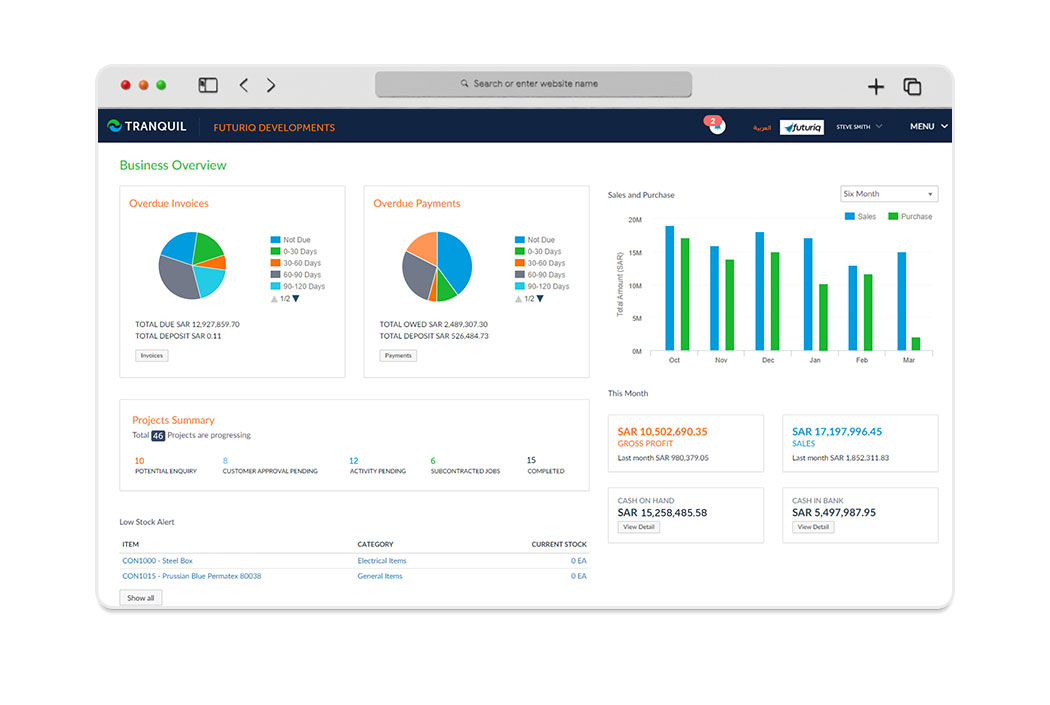
When you can have the best inventory management software for your warehouses, retail stores and online channels all from a single platform, why go for multiple software? No matter when the sale happens, inventory across all your retail stores and online channels get updated instantly. Avoid stock-outs and over selling by using our accurate, cloud-based inventory management software platform.
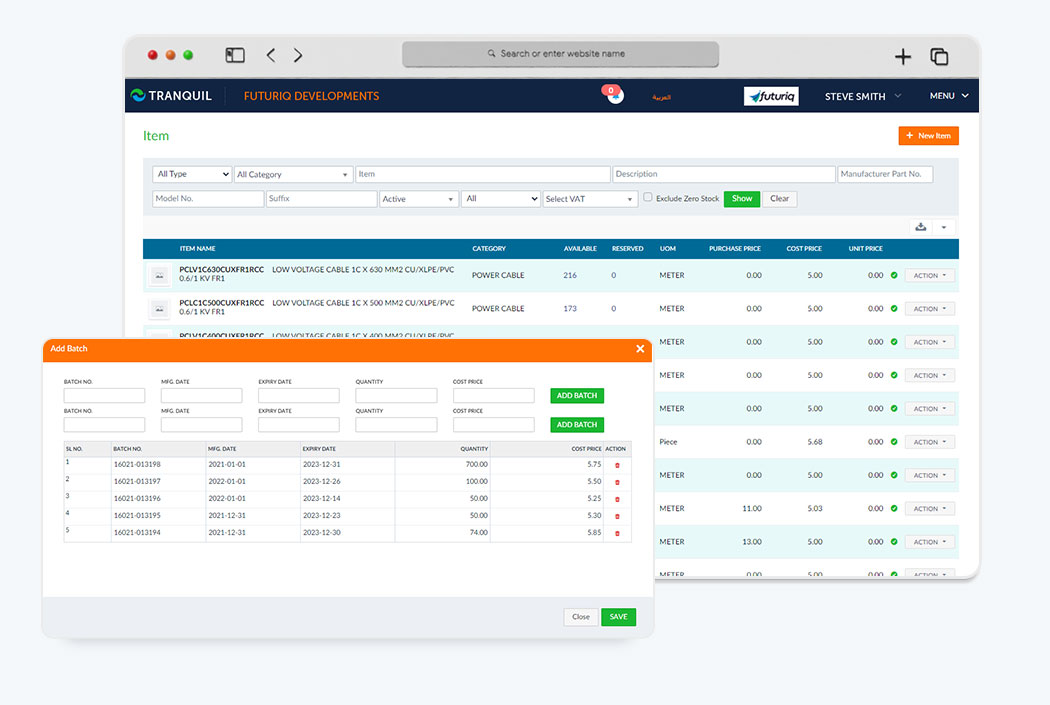
Improve product trace-ability by providing batches to products and keep track of their movements in Goods receive note(GRN), sales orders, sales invoice, goods delivery note (GDN) etc using warehouse management system.
Tranquil uses serial/batch numbers and expiry dates to track each item in your warehouse.
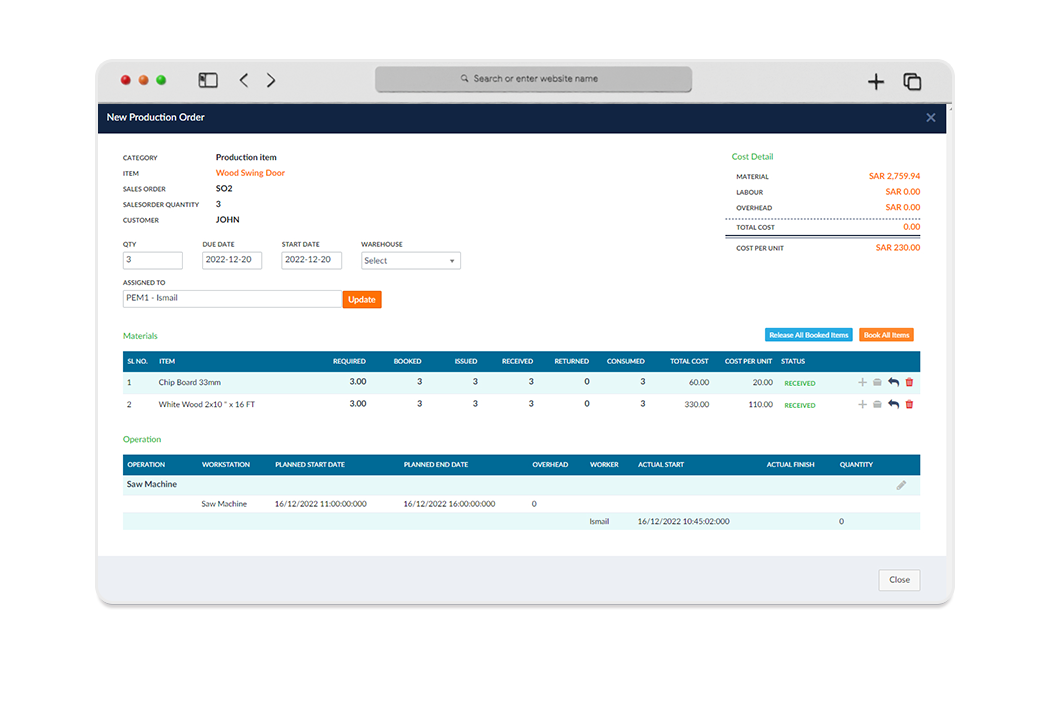
Pre-builds can combine materials and labour, materials only, or labour only as a single billable item to appear on jobs, quotes and invoices.
A pre-build added to a quote / job appears on an invoice as a single billable item. Using Tranquil Inventory management software You can bill labour separately or include labour in the pre-build, depending on how you have set up your pre-builds.
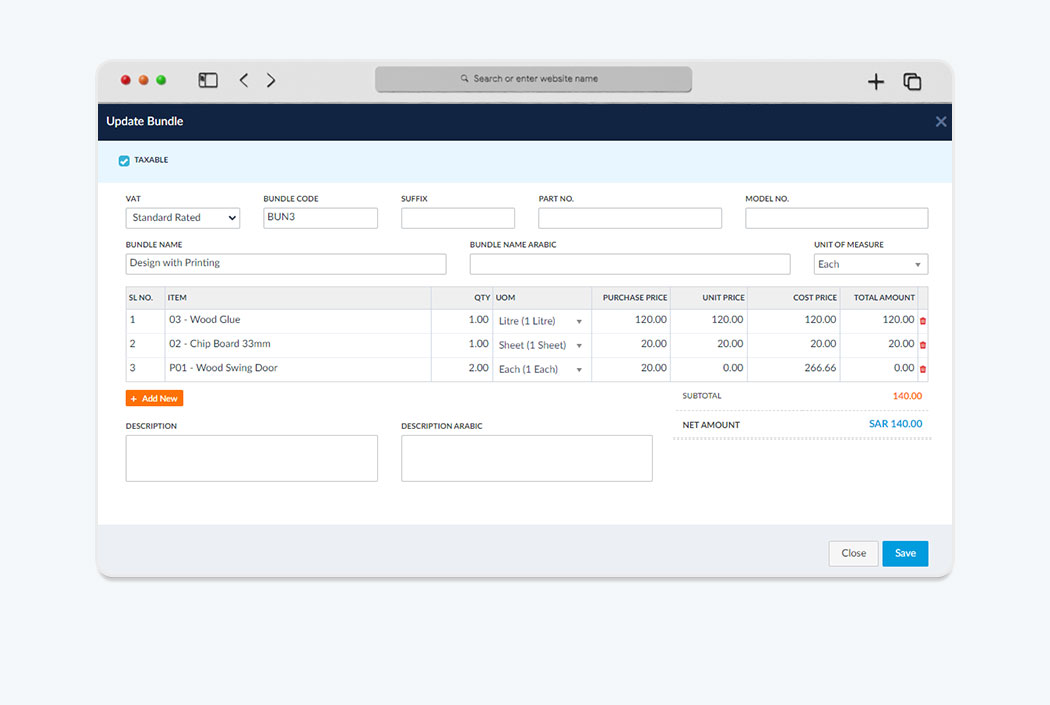
Increase your sales by offering more product combinations to sell using the bundling feature.
Online inventory software offers to bundle a new product out of existing product from the inventory. Once you deliver a Bundle product stock level of all the individual items are deducted immediately.
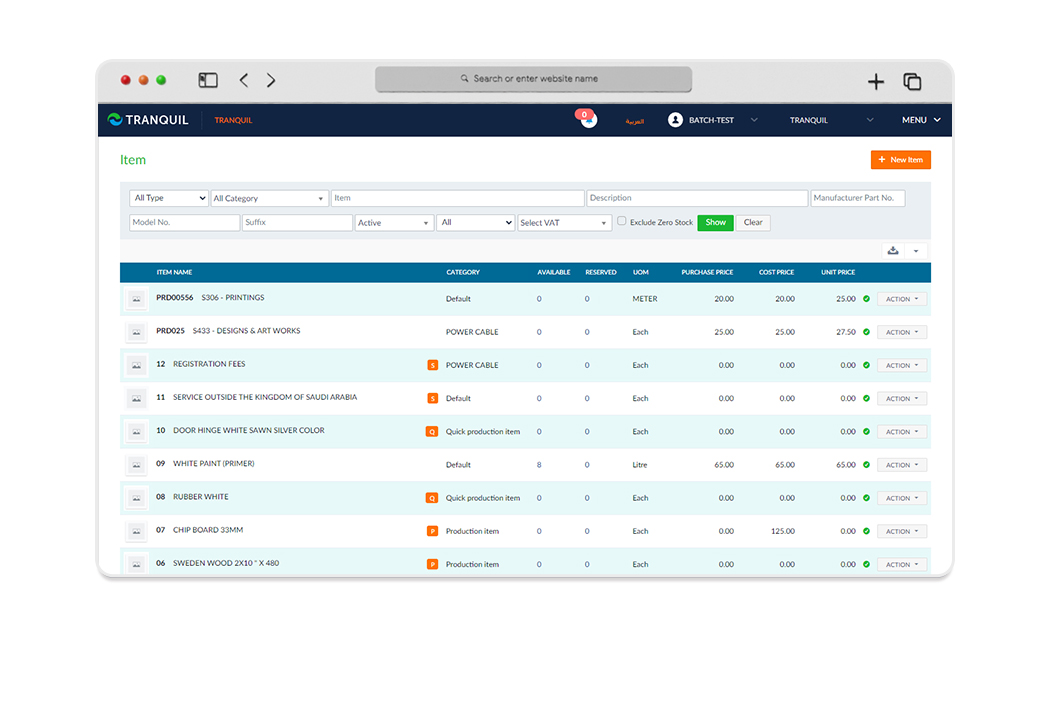
A service item is one that’s not a tangible product, It helps you to track the services you provide such as maintenance, training, AMC, repair charges, service charges etc.
While it looks and behaves very similarly to an inventory item, you won’t find any reference to on hand quantities or inventory asset accounts. But that doesn’t stop you from using a service item on the various forms such as quotation, sales orders, invoice. purchase orders etc.
In tranquil Inventory management system you can create Non-Inventory/service items within the product master.

Where units of measurement are concerned, Tranquil Online inventory management system comes with limitless options. From hours to boxes or kilograms.
Multiple Unit of measurement for a single product, user has the flexibility to maintain inventory in his choice of UoM.
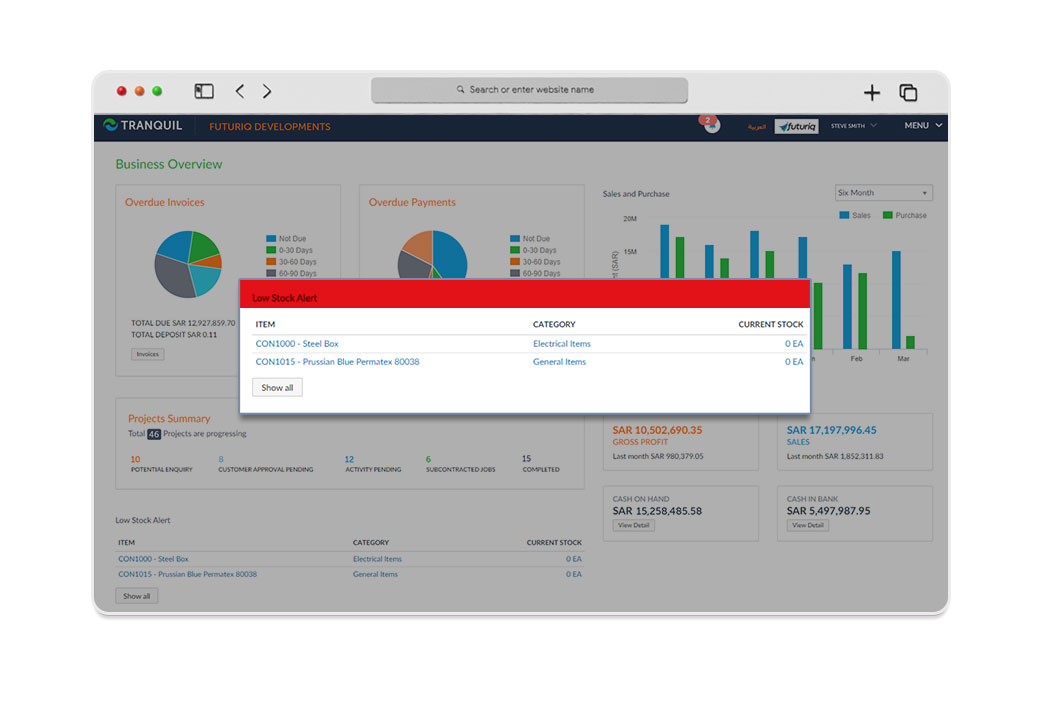
Worried about the Orders from your customers that may deplete your Inventory? You can now set up minimum Low Stock Level Alerts and sleep without worrying about Out of Stock orders
Tranquil perpetual inventory software automatically adjusts your inventory levels and alerts you in the Dashboard itself when it goes beyond the minimum stock level.
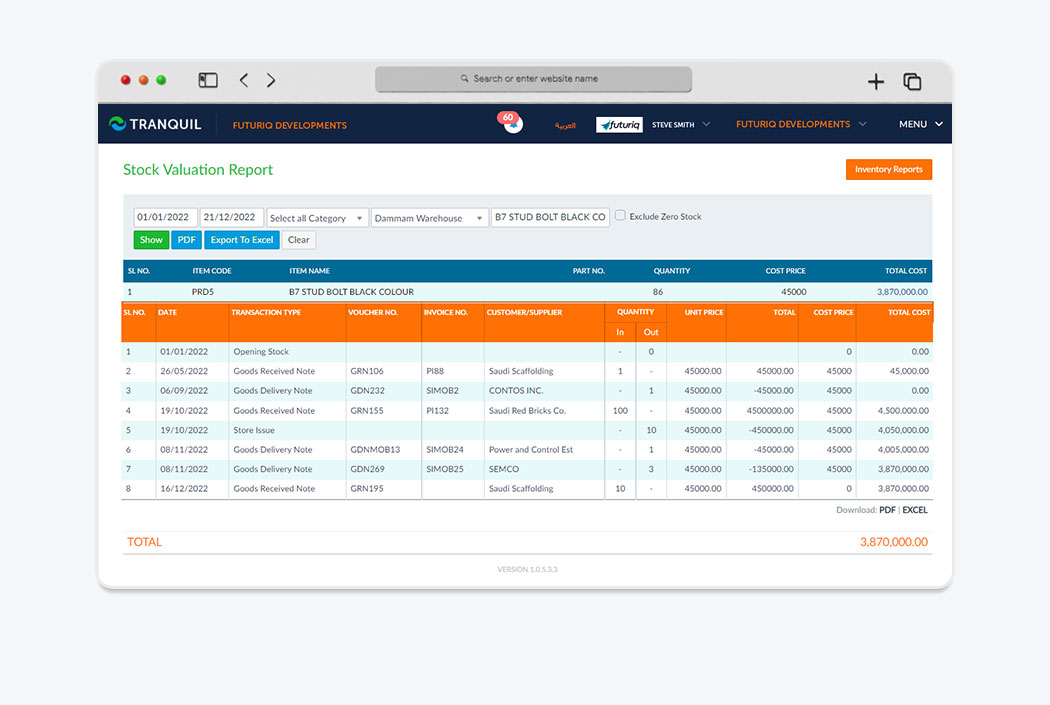
Avoid product outages and lost sales. Track your inventory, orders, sales and deliveries from anywhere, anytime using our online inventory management software.
Some businesses need to track products with the location id. It is especially important for companies with high level of inventory. If you need to track lot of the items then assign lot/location ID to items and track them across warehouses, while creating sales order, purchases and GRN.
Location wise stock arrangements allows the warehouse people to easily pick up the items from the rack against the delivery note/sales invoice.
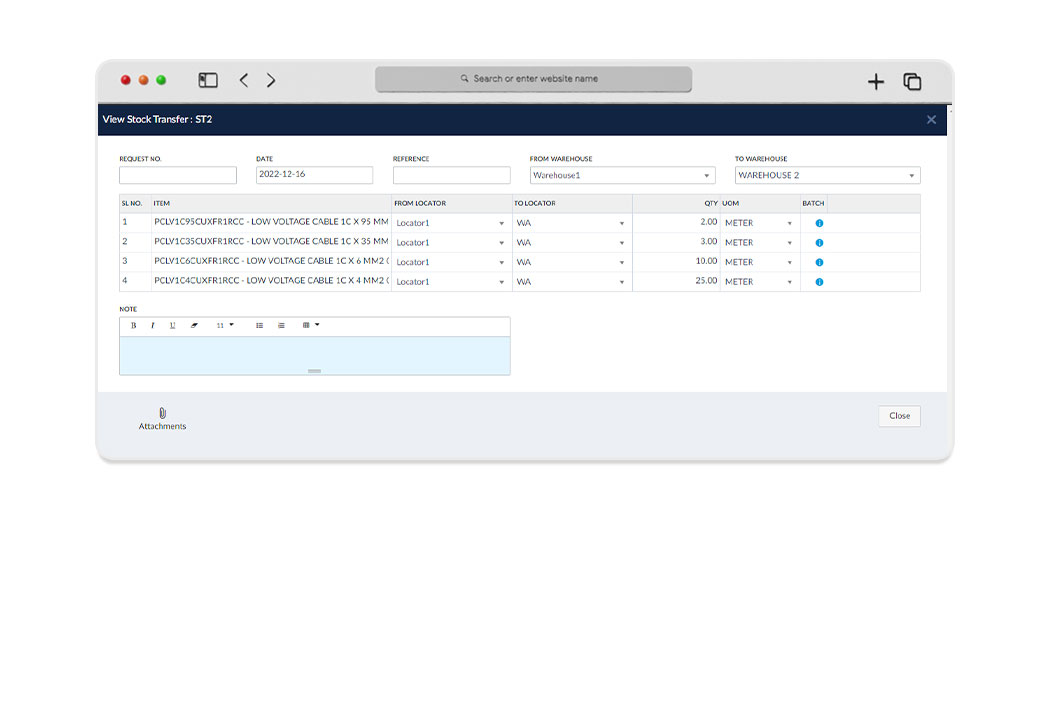
Have multiple warehouse/branch?
Search for the stock levels at your other locations and easily transfer products from one warehouse to another while Tranquil warehouse inventory management software automatically adjusts your stock value.
Adjust stocks levels of products for various reasons such as damaged, internal adjustment, scrapped, shrinkage etc.
Stock adjustments for multiple products simultaneously are also supported

Quickly perform a full or partial stock takes, perform multiple counts simultaneously and merge it to a single file.
Stock take helps to pinpoint the rate of loss, the cost implications and any discrepancies.
Tranquil allows to use any Scanner to perform on-the-go stock takes on any device through the browser.
